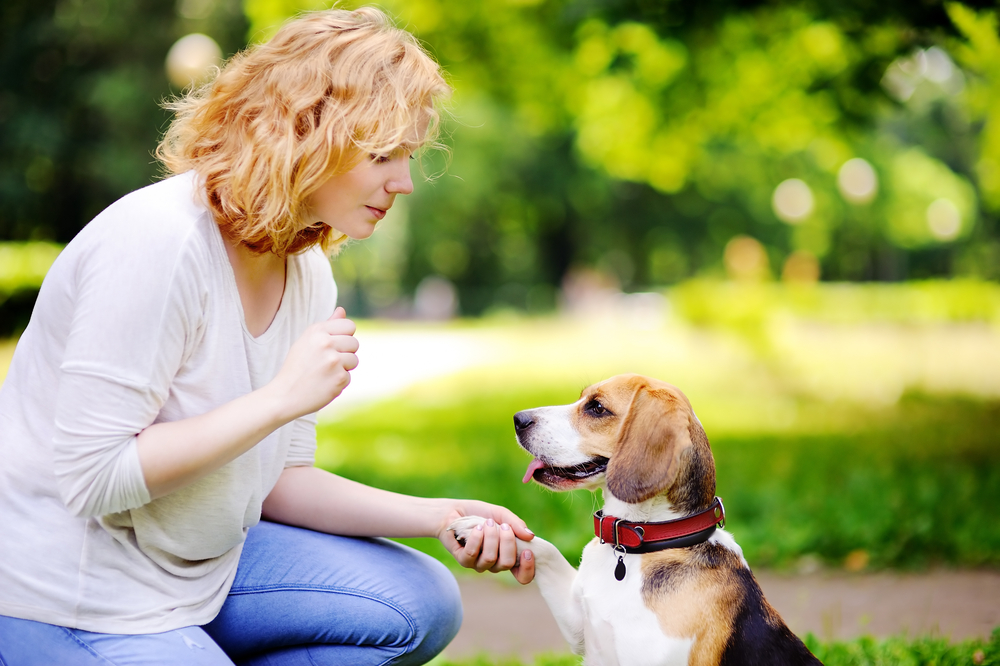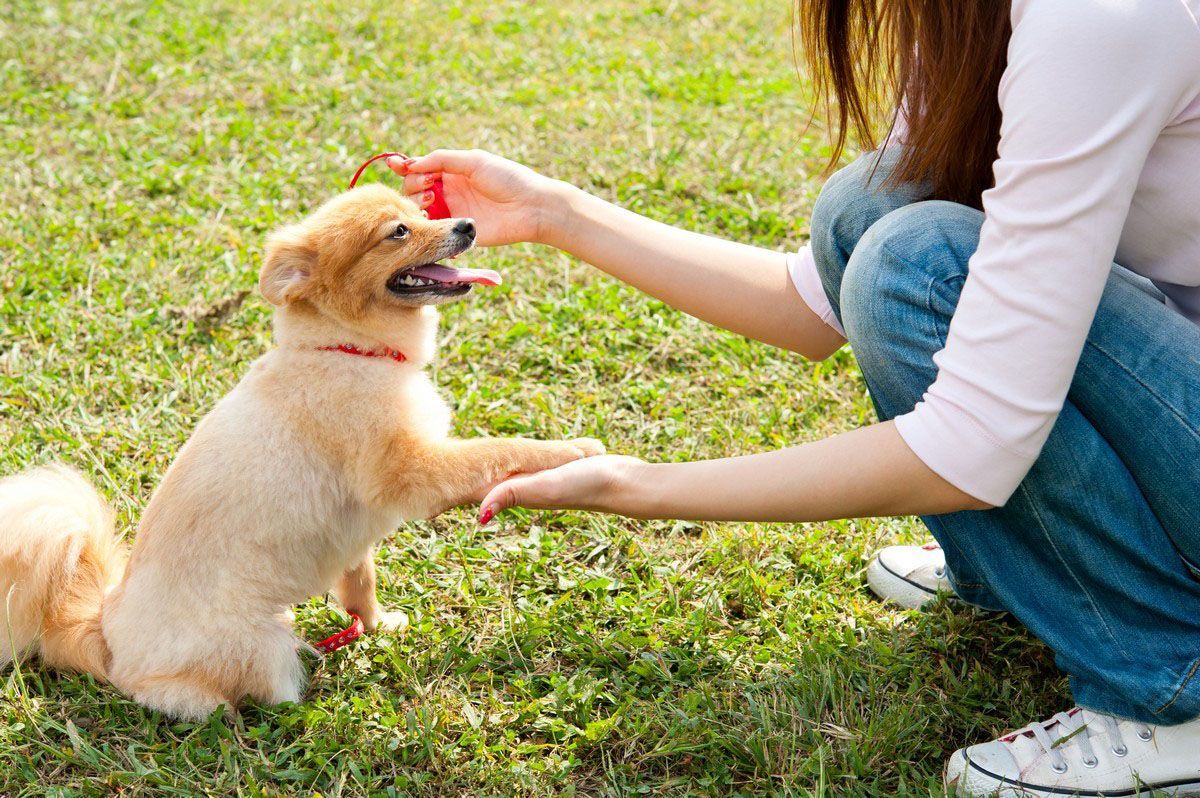
Effective Usage of Dog Training Collars for Large Canine Companions
Share
Training a large dog can seem overwhelming, especially for pet owners who prioritize their canine's health and well-being. Whether youre working on basic commands or trying to correct specific behaviors, dog training collars for large dogs have become essential tools for many devoted dog owners.
Understanding how to use dog training collars effectively is key for any pet parent. These collars provide immediate feedback, making them invaluable in promoting positive behavior changes. However, their success largely relies on the collar's quality and the owner's ability to use them correctly.

Why Use Dog Training Collars for Large Dogs?
Large dogs can be strong and stubborn, making training a unique challenge. Many health-conscious pet owners have discovered that these collars can help manage behavioral issues more humanely compared to traditional methods, ensuring both safety and effectiveness.
When selecting a dog training collar, it's vital to consider the different types available and how each functions. From vibration and beep modes to static stimulation, each type serves a specific purpose based on various training needs. Choose a collar that matches your dog's personality and your training objectives.
Types of Dog Training Collars
There are several types of collars available for training, each designed for specific challenges:
- Vibration Collars: These collars use vibrations to get your dog's attention, making them suitable for hearing-impaired dogs or those sensitive to loud sounds.
- Static Shock Collars: Featuring adjustable static correction, these collars are useful for addressing more significant behavioral issues.
- Beep Collars: Sound-based collars provide audio signals, ideal for basic obedience training.
To find a collar that best suits your dog's individual needs, take a look at our guide on best dog training collars.
Health Considerations When Using Training Collars
When using dog training collars for large dogs, it's important to consider their health implications. A properly fitted collar is crucial, as poor fit and placement can lead to discomfort or injury, particularly for large breeds with sensitive skin.
Always follow the manufacturer's instructions regarding usage and avoid leaving collars on for extended periods. Regularly check the area beneath the collar for signs of irritation, and consult your veterinarian if you have concerns.
Alternatives to Training Collars
If you're hesitant to use training collars, there are numerous alternative training techniques worth exploring. Methods centered on positive reinforcement, such as clicker training and treat rewards, can effectively guide your dogs behavior without relying on collars. You can find more strategies by visiting dog reactivity advice.

FAQs
- Are training collars safe for large dogs? When used correctly, training collars are generally safe. Proper fit and adherence to guidelines are essential.
- Can training collars harm my dog? Excessive or inappropriate use of training collars can lead to harm. Always follow the manufacturers instructions.
- What training collar is best for aggressive dogs? For aggressive dogs, its advisable to seek professional guidance to select the most suitable collar.
In summary, dog training collars for large dogs can be a beneficial resource for health-conscious pet owners striving to positively influence their dogs behavior. With the right knowledge and approach, achieving your training goals can be both attainable and rewarding.
To expand your knowledge on dog training, consider visiting this informative resource on top dog training tips. Additionally, feel free to explore more on puppy food concerns and dog dental health for comprehensive guidance.
This article contains affiliate links. We may earn a commission at no extra cost to you.
